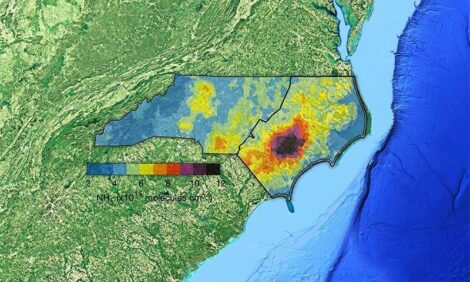



Risk factors for PMWS in 149 French farrow-to-finish herds
By Rose N, Larour G, Le Diguerher G, Eveno E, Jolly JP, Blanchard P, Oger A, Le Dimna M, Jestin A, Madec F - This is an abstract from a cross-sectional study which was carried out in France in 2000 and 2001 to assess the risk factors for post-weaning multisystemic wasting syndrome (PMWS).- CASES (current and typical PMWS);
- CONTROLS#1 (PMWS-free farms) and;
- CONTROLS#2 (farms which have recovered from PMWS).
- CASES versus CONTROLS#1 and;
- CASES versus CONTROLS#2.
In the first comparison, the odds of PMWS were increased when fattening pigs tested positive for parvovirus (PPv) and porcine reproductive and respiratory syndrome (PRRS) virus (OR=4.4 and 6.5, respectively), when separate vaccines for parvovirus and Erysipela for the gilts versus associated vaccines were used (OR=2.5), and when on-farm semen collection was used versus all the semen purchased from an insemination centre (OR=4.6).
Large pens in weaning facilities increased the odds of PMWS (OR=4.1); whereas long empty periods in weaning and farrowing facilities versus shorter (OR=0.2), regular treatment against external parasites (OR=0.1), and housing the sows in collective pens during pregnancy versus individual pens (OR=0.3) all decreased the odds of PMWS.
The same kinds of risk factors were found with the second comparison with, in addition, a common pit for several adjacent fattening rooms versus separate pits (OR=6.7) and a high level of cross-fostering (OR=5.1).
On the other hand, when farms had a self-replacement scheme for the gilts (OR=0.1), and when vaccination of the sows against E. coli was in place (OR=0.2), the odds of PMWS were decreased.
Further Information
To view the original article, please click here.
Source: PubMed - National Center for Biotechnology Information - November 2003







